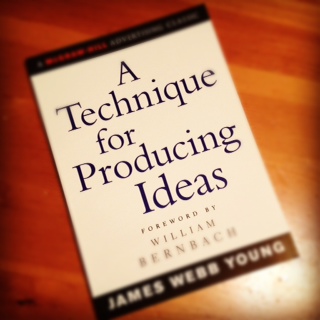For maybe the first time ever, I was scared to open an email message. I saw the subject line and I knew that I couldn’t delay it long. I had to open it. I had to see what it said. But I was scared.

I’ve been working on a project for Creative Communications for the Parish. It’s a worship and sermon series for this coming Advent. I’m under contract. It has to get finished. The worship services are submitted. Now I’m working on the sermons.
The other day I sent off the first sermon to have my editor take a look at it. I wanted him to provide feedback on the length, the tone, and other aspects of the sermon. Once he does so, I figured, I can move forward knowing that I’m either on the right track, or I have to adjust my direction.
So I sent off the email and waited.
I had to pay heed to Seth Godin’s advice: Ship it! Don’t wait. Don’t procrastinate. Don’t be a perfectionist. Ship it.
That’s not always easy. It means putting your art out there to be judged. It means taking a risk. It means giving up a certain amount of control.
A day or two later the email from my editor came back, and I was scared to open it. I was scared because:
- It’s difficult to let others criticize one’s hard work.
- It could mean even more work editing and upgrading.
- It may reveal that they were wrong in choosing me to do this project.
But more than any of that, I was scared because criticism of my work is criticism of me. My art is part of who I am as a person, and rejecting it is rejecting me. Silly? Maybe. But it’s how I felt as I stared at that email waiting to be opened.
So after waiting an eternity of about 10 seconds (!), I opened it. My worst fears were not realized. In fact, I was pleasantly surprised. After asking for some minor editorial corrections my editor wrote: “Super work so far, Tom. We are excited about this project.”
Lesson 1: Take a risk and ship your art.
Lesson 2: Hard work is worth the effort.
Lesson 3: Accept both praise and criticism. It will make you a better artist. Had there been more constructive criticism in that email, I could have used it to improve my art even more. Having an outside party affirm my art means that I am headed in the right direction.
What fears do you have about shipping your art?






